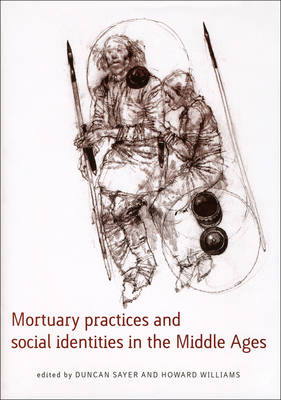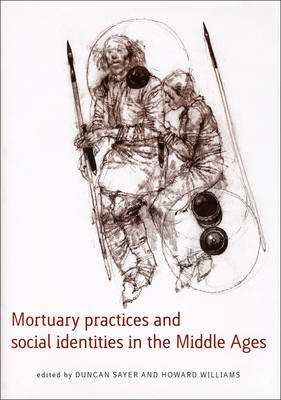
- Retrait gratuit dans votre magasin Club
- 7.000.000 titres dans notre catalogue
- Payer en toute sécurité
- Toujours un magasin près de chez vous
- Retrait gratuit dans votre magasin Club
- 7.000.0000 titres dans notre catalogue
- Payer en toute sécurité
- Toujours un magasin près de chez vous
Mortuary Practices and Social Identities in the Middle Ages
Essays in Burial Archaeology in Honour of Heinrich Harke
Description
This book sets a new agenda for mortuary archaeology. Applying explicit case studies based on a range of European sites (from Scandinavia to Britain, Southern France to the Black Sea), 'Mortuary Practices and Social Identities in the Middle Ages' fulfills the need for a volume that provides accessible material to students and engages with current debates in mortuary archaeology's methods and theories.
The book builds upon Heinrich Härke's influential research on burial archaeology and early medieval migrations, focusing in particular on his ground-breaking work on the relationship between the theory and practice of burial archaeology. Using diverse archaeological and historical data, the essays explore how mortuary practices have served in the make-up and expression of medieval social identities. Themes explored include masculinity, kinship, ethnicity, migration, burial rites, genetics and the perception of landscape.
Spécifications
Parties prenantes
- Editeur:
Contenu
- Nombre de pages :
- 320
- Langue:
- Anglais
- Collection :
Caractéristiques
- EAN:
- 9780859898317
- Date de parution :
- 27-11-09
- Format:
- Livre relié
- Format numérique:
- Genaaid
- Dimensions :
- 205 mm x 252 mm
- Poids :
- 780 g

Les avis
Nous publions uniquement les avis qui respectent les conditions requises. Consultez nos conditions pour les avis.





